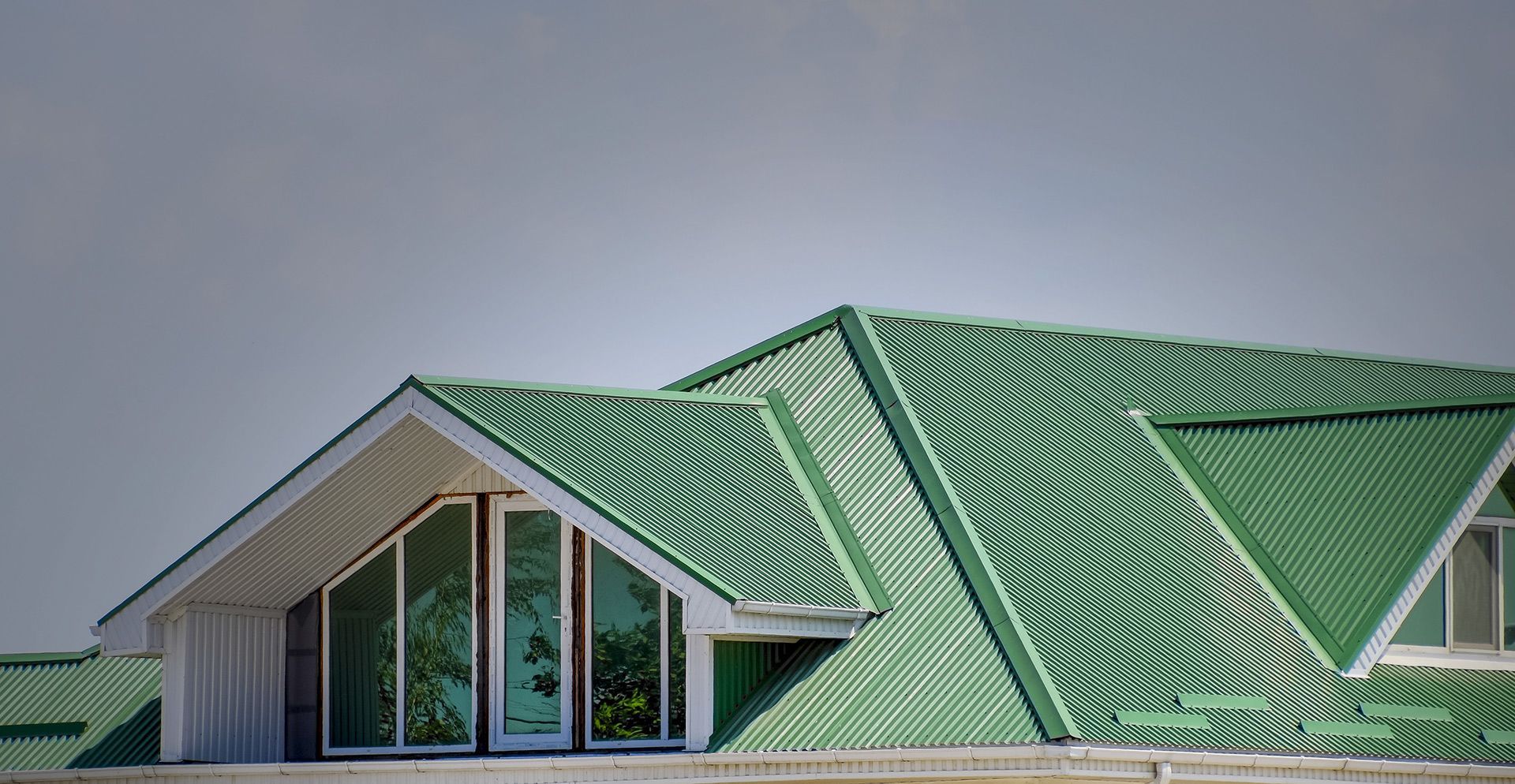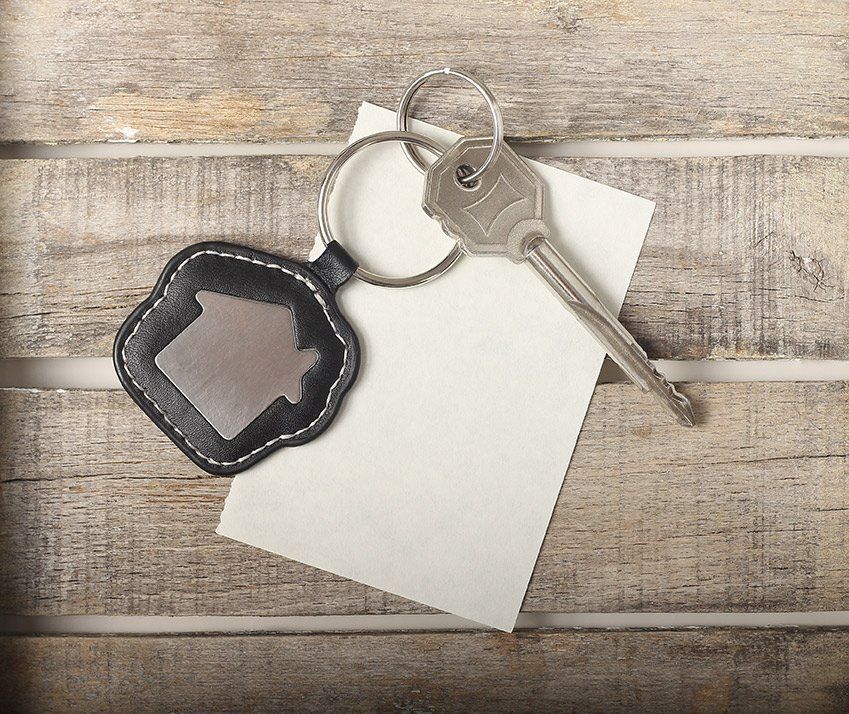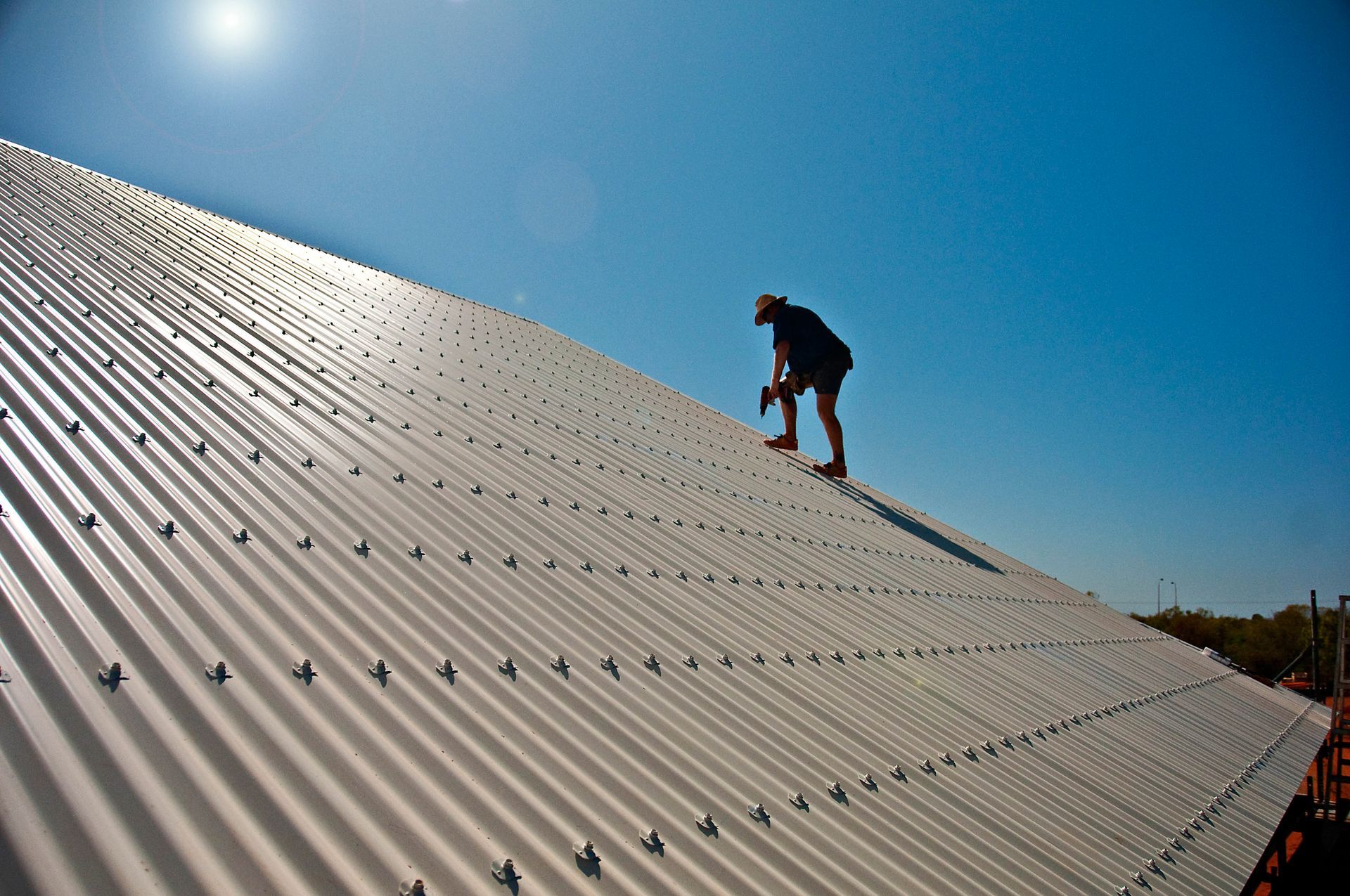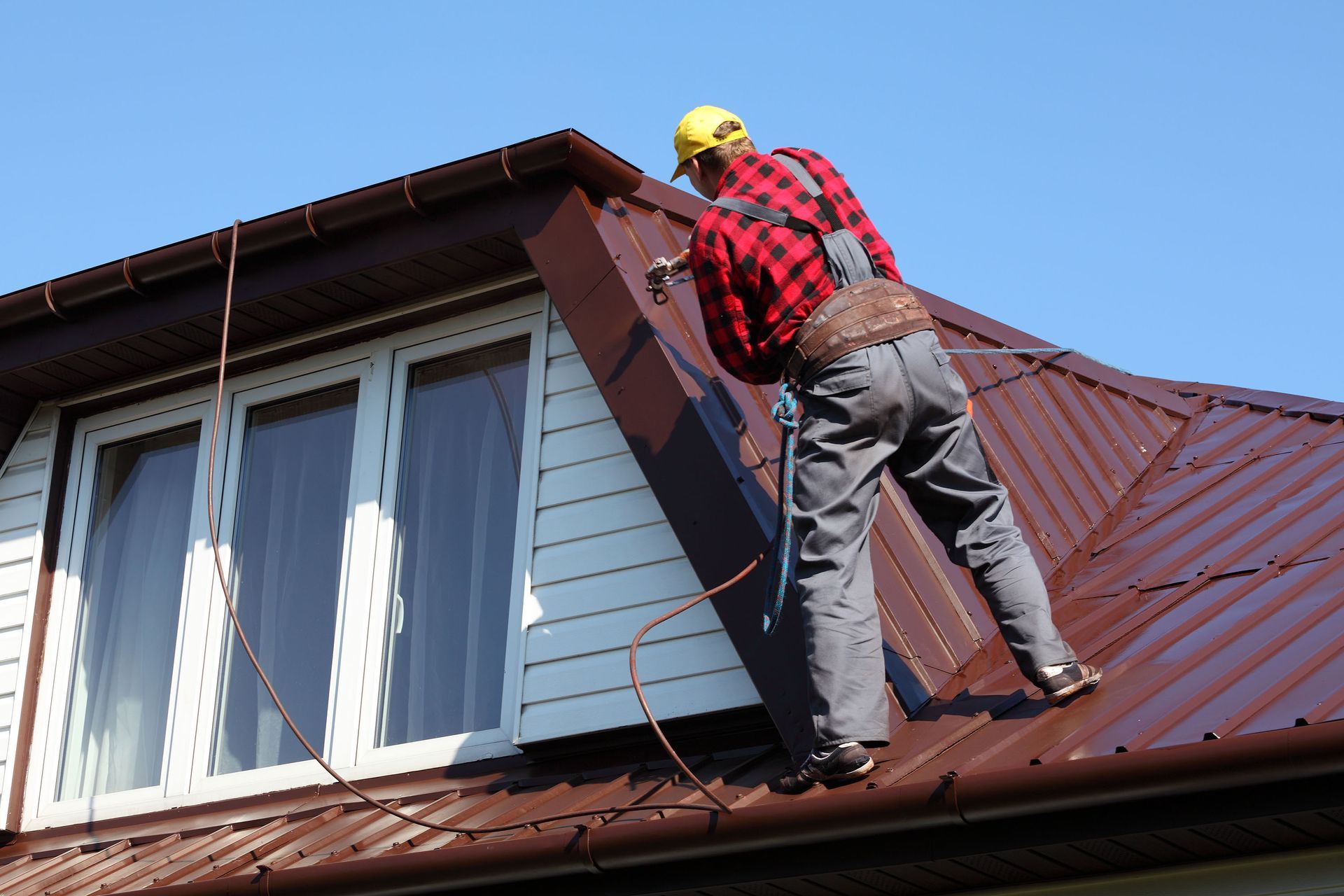The Tax benefits of Roof Coatings
The Financial and Tax Benefits of Roof Coatings: A Cost-Effective Alternative to Roof Replacement

When managing a commercial building, property owners have to carefully consider maintenance strategies that balance longevity and cost-effectiveness. For commercial roofing, roof coatings present a compelling alternative to full roof replacements with materials like TPO (thermoplastic polyolefin) or metal. Not only do roof coatings offer excellent protection and durability, but they also provide significant financial and tax benefits, making them an attractive choice for budget-conscious building owners.
What are Roof Coatings?
Roof coatings are fluid-applied roofing membranes that add a protective layer to the existing roof. They help extend the lifespan of the roof by protecting it against environmental stressors such as UV radiation, water, and temperature fluctuations. Common types of roof coatings include acrylic, silicone, polyurethane, and asphalt-based coatings. Each type has its unique advantages depending on the building's location, roof structure, and climate.
Tax Benefits of Roof Coatings
One major advantage of roof coatings is that they often qualify for tax deductions under IRS Section 179. The IRS allows building owners to treat certain roof coatings as an immediate expense, meaning the cost can be written off entirely in the year of application. Here’s a closer look at how this tax benefit works:
- Immediate Deduction: Unlike roof replacements, which must be capitalized and depreciated over time, roof coatings can qualify for immediate tax deductions. This means a building owner can deduct the cost of the roof coating as a maintenance expense rather than capitalizing it over the roof's life span.
- Accelerated Depreciation (Bonus Depreciation): Roof coatings may also qualify for bonus depreciation under the Modified Accelerated Cost Recovery System (MACRS). This can provide a further deduction boost, which is especially advantageous for businesses looking to minimize taxable income in a specific year.
- Energy Efficiency Incentives: Depending on the type of roof coating and local regulations, some coatings can contribute to energy efficiency goals by reducing the need for air conditioning. Building owners may also qualify for federal or state energy efficiency tax credits, particularly if the coating reduces energy use and meets certain performance standards.
Financial Benefits of Roof Coatings Compared to TPO and Metal Roofs
Choosing roof coatings over full roof replacement can yield significant financial advantages, particularly when looking at TPO and metal roofs. Here’s a breakdown of these benefits:
- Lower Upfront Costs: The initial cost of applying a roof coating is typically much lower than the cost of installing a new TPO or metal roof. A TPO roof installation involves significant material and labor expenses, while metal roofs are known for being even more costly upfront due to material weight and installation complexity. Roof coatings can often be applied over the existing roof, significantly reducing material and labor expenses.
- Extended Roof Life: Roof coatings can extend the life of a roof by up to 20 years or more with proper maintenance. This reduces the need for frequent repairs and delays the need for costly replacements. With regular maintenance and recoating as needed, the longevity of a coated roof can be comparable to a new TPO or metal roof, all at a fraction of the cost.
- Reduced Energy Costs: Many roof coatings are designed to reflect sunlight, reducing the heat absorbed by the building. This "cool roof" effect lowers indoor temperatures, reducing the need for air conditioning, which translates into lower utility bills. TPO roofs also offer reflective properties, but metal roofs can sometimes conduct more heat, particularly if not coated with reflective paint. Roof coatings provide an economical way to achieve this energy efficiency without the added cost of a new roof.
- Minimal Disruption to Operations: Roof coatings are applied directly over the existing roof, which means installation is usually quicker and less disruptive than a complete roof replacement. Replacing a roof with TPO or metal can take longer and may require more preparation, impacting business operations, especially if the building houses tenants or if it operates around the clock.
- Maintenance Savings: Roof coatings provide a seamless, waterproof layer that prevents leaks and can withstand environmental stresses. This leads to fewer maintenance issues compared to TPO and metal roofs, which can be more susceptible to punctures, seams, and fastener failures. Over time, the cumulative maintenance savings can be substantial, making roof coatings a wise investment.
Choosing Roof Coatings as a Cost-Effective Roofing Solution
For commercial building owners looking to protect their assets without the high cost of roof replacement, roof coatings offer an appealing solution. With their lower upfront cost, potential tax savings, energy efficiency benefits, and ease of application, coatings are a practical and cost-effective alternative to TPO and metal roof replacements.
Not only can they extend the life of an existing roof, but they also allow property owners to leverage financial incentives that further reduce costs. When combined with regular maintenance, a high-quality roof coating system can be one of the smartest investments a building owner can make.






Share On: